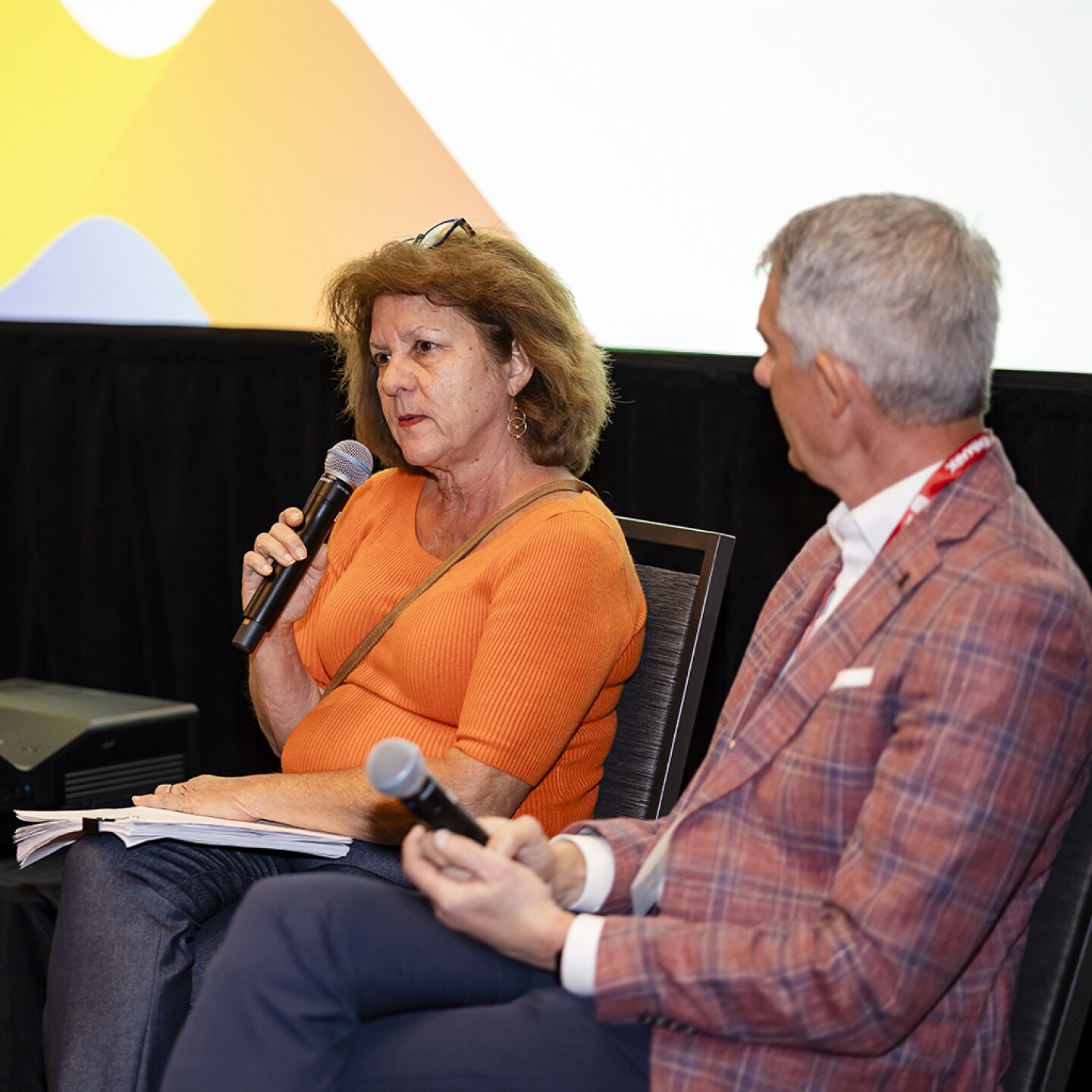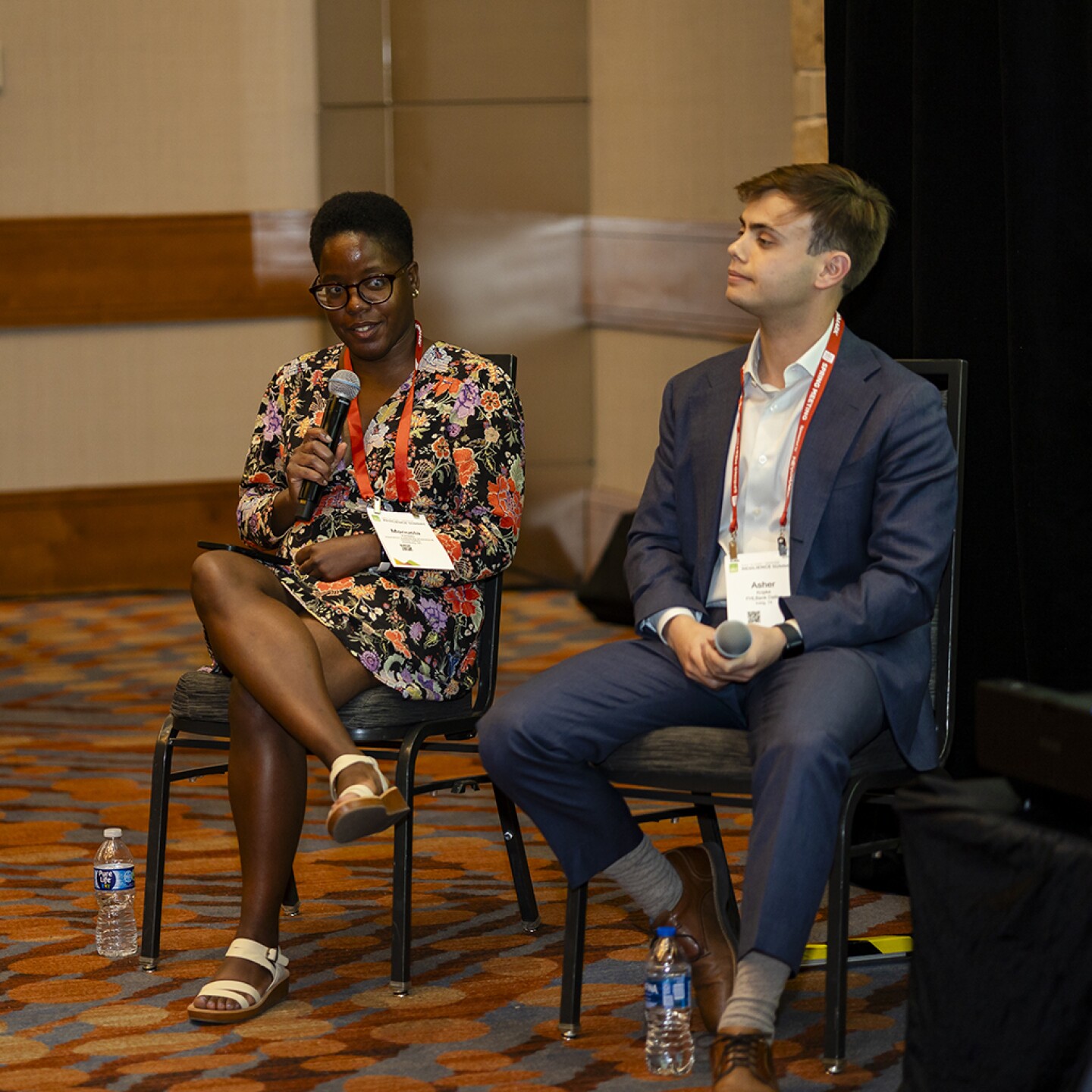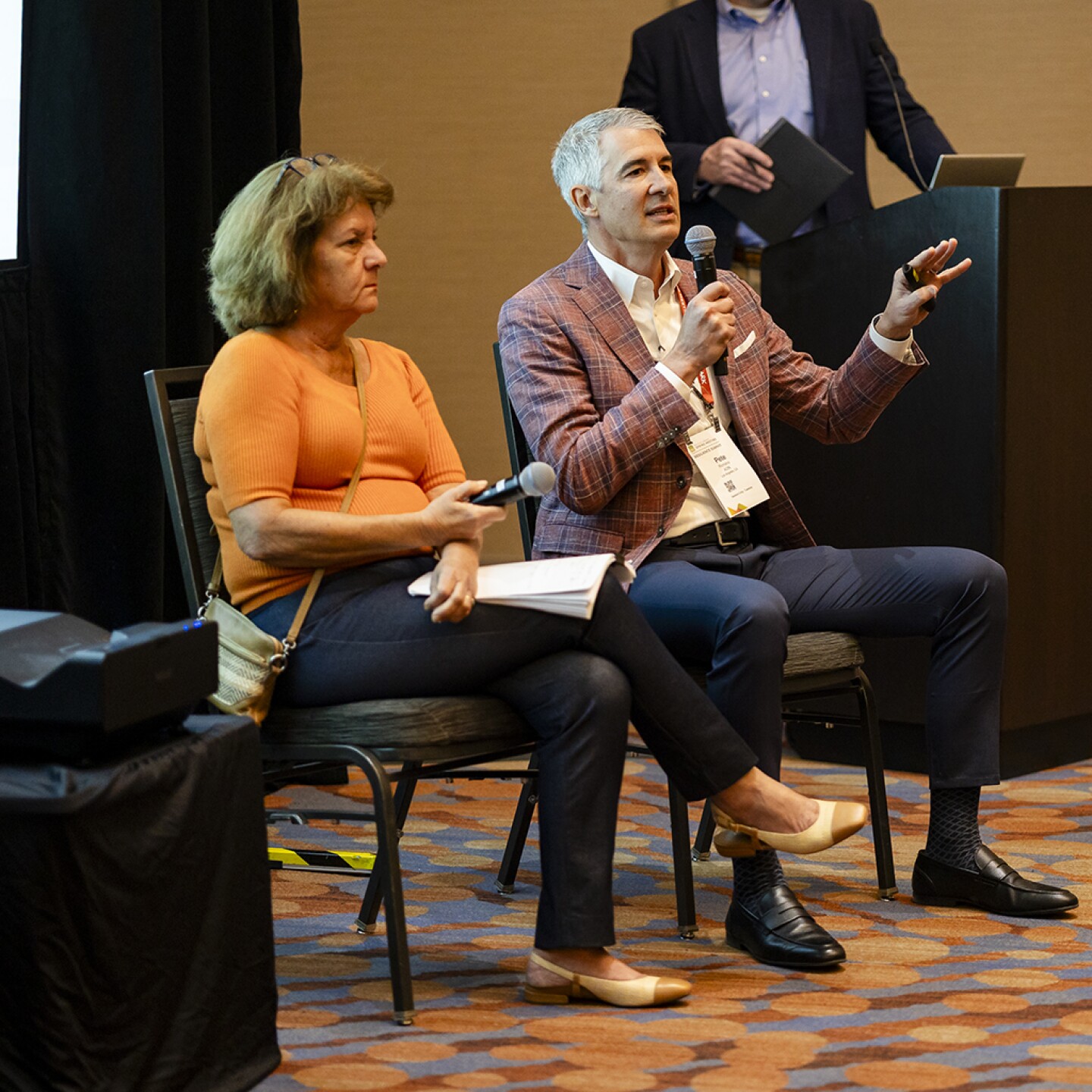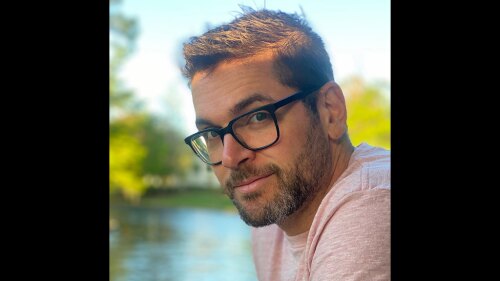A panel of sustainability experts, moderated by Graham Green, director of communications for Smart Home America, recently gathered at the 2025 ULI Resilience Summit in Denver to discuss how the insurability of affordable housing can be greatly enhanced by using resilient construction.
Pete Romano, executive vice president, North America Real Estate Practice for AON based in Inglewood, California, set the stage by explaining that two macro events are impacting insurance premiums: climate change and litigation abuse. In 2024, insured losses worldwide totaled $145 billion—the fifth year in a row that global insured losses exceeded $100 billion.
Romano said most losses were not from primary perils such as earthquakes and hurricanes, but from so-called secondary perils: wildfires, severe storms (tornadoes, hailstorms), winter storms, and flooding. Since 2000, secondary perils have accounted for more than 58 percent of total global insured losses. Romano said that claims from wildfires and hailstorms are “crushing” insurers, who consider the effects of secondary perils as “death by a thousand cuts.” Hail damage is the biggest loss driver.
These losses have led to an increase in premiums. Kathy Laborde, president of New Orleans-based Gulf Coast Housing, lamented that, given the financing and budget constraints affordable housing developers already face, higher premiums would further reduce which projects would pencil out.
Leveraging FORTIFIED
Innovative solutions are now available. Asher Kripke, treasurer with the Federal Home Loan Bank of Dallas, highlighted the FHLB Dallas FORTIFIED fund. The fund helps income-qualified homeowners replace an existing roof or upgrade the roof on a new construction home to a FORTIFIED Roof™. Homes with a FORTIFIED Roof™ are eligible for insurance discounts, although the discounts vary by state.
The bank has seen clear evidence that these resilient roofs work and has increased the amount of available funding year after year, from an initial $1.75 million in 2023 to $10 million in 2025. The $4 million fund in 2024 was exhausted in just five months. FHLB of Dallas makes the program available in Arkansas, Louisiana, Mississippi, New Mexico, and Texas. Most of the improvements are for roofing projects to mitigate hurricane damage.
Laborde noted that one of her company’s multifamily developments near Lockport, Louisiana, was constructed as disaster-resilient housing under Louisiana’s Strategic Adaptations for Future Environments (LA SAFE) program. Constructed to the FORTIFIED Commercial Gold standard, construction was just over 90 percent complete when Hurricane Ida struck on August 29, 2021. A post-event investigation revealed that the complex sustained less than $60,000 in damage.
However, resilience doesn’t always result in savings. In 2020, Gulf Coast rebuilt 80 units of public housing at a cost of $18 million. Five years later, in phase two, the company was only able to build 40 units for about the same cost—$17.5 million. Gulf Coast completed the project with help from the state, according to Laborde, who noted that FORTIFIED improvements had to be cut due to the dramatic increase in construction costs.
Manuela Ekowo, public policy associate for the Insurance Institute for Business & Home Safety, explained that the FORTIFIED homeowners program has existed since 2011. FORTIFIED Commercial followed in 2018, with the multifamily FORTIFIED program launched at the 2022 ULI Resilience Summit . Alabama leads the country in the number of FORTIFIED homes with more than 50,000 achieving a designation.
FORTIFIED delineates progressive levels of resilience, beginning with FORTIFIED Roof™, then Silver and ultimately Gold designations, for homes, multifamily structures, and commercial buildings. The programs are voluntary, offer detailed construction specifications, and provide contractor training. Importantly, the program employs third-party, certified professional evaluators to review documentation and conduct on-site evaluations to confirm that FORTIFIED standards have been met.
Green also noted that the FORTIFIED Roof™ program in Louisiana is seeing the wind damage portions of some policies receiving premium discounts as high as 22 percent.
Beyond FORTIFIED, Ekowo recommends advocating for adoption and enforcement of stronger building codes. A more robust built environment means fewer damaged buildings, which can help keep insurance available and affordable. She noted that only about a third of the nation is protected by modern building codes.
Using Data to Cut Costs
Owners and developers could further reduce their premiums by providing accurate and more comprehensive data on their properties, according to Romano. Of the applications he sees, he said that 50 percent to 70 percent of the statement of values (SOVs) are incomplete. Additionally, less than two percent of applications contain data on resilience characteristics designed to mitigate damage from secondary perils.
Romano contends that owners could get much better rates and lower premiums if they took the time to supply more complete data. For example, he said that for more than 20 years the construction type of a particular property in Florida had been misclassified. A simple review could have caught the error, as it was unlikely that a high-rise building was made of combustible materials. Once the error was fixed, the calculated average annual loss fell from $1 million to $500,000, resulting in a huge decrease in premium.
Both Laborde and Romano urged owners to be proactive, to be their own best advocates when dealing with brokers and insurers. Laborde said that her firm fills out a spreadsheet with data in every cell describing the attributes of their properties. ULI’s Commercial Real Estate (CRE) Guide to Property Insurance Underwriting provides examples of data that insurers find important.
Romano explained the importance of sitting down with an underwriter to personally highlight a commitment to resilience. Both Laborde and Romano stressed the value of building trust with an insurer, and how “sharing your story” can positively impact the coverage.
To keep potentially vulnerable structures insurable, Laborde offered some nuts-and-bolts suggestions for monitoring construction materials: they should be resilient, such as concrete foundations, paperless drywall in wet areas, and unbreakable switch plate covers. She also recommended limiting carpeting.
On financing, Romano noted that the difference in cost between builders’ grade and resilient construction makes it difficult for conventional return-on-investment calculations to work. Kripke said that grants are available for multifamily developments, if they remain affordable for 15 years. That will be tough while insurance rates keep rising. He suggested that developers explore multiple financing options and “get creative.”
One way to balance the equation is to take on a higher deductible. The challenge is that many lenders require low retention, as low as $10,000. Romano counsels developers to become educated on the various non-traditional insurance solutions that are available, such as parametric policies.
The speakers acknowledged that these problems are monumental, they are expensive, and who will pay is unknown. What is known is that resilience works. Public-private partnerships will be the key to moving forward.
As Laborde stated, “You can run, but you can’t hide.” If it’s not the coastal hurricane risk, it’s a tornado alley inland. Romano noted that another emerging risk—rising global heat—will add to the stress on the built environment.
Both Kripke and Ekowo were more upbeat. FORTIFIED is becoming more widely embraced and is spreading throughout the country. A dozen states are now using FORTIFIED as part of their grant programs. And other FHL banks are seeing the success Dallas is having and may emulate its program.
Green closed by reminding the group that resilience solutions are available and that it is important to think long-term and consider building life-cycle costs.
Explore how rising insurance premiums are changing real estate investment strategy in the ULI-Heitman report, Insurance on the Rise, and learn more about the ULI Resilience Summit.







